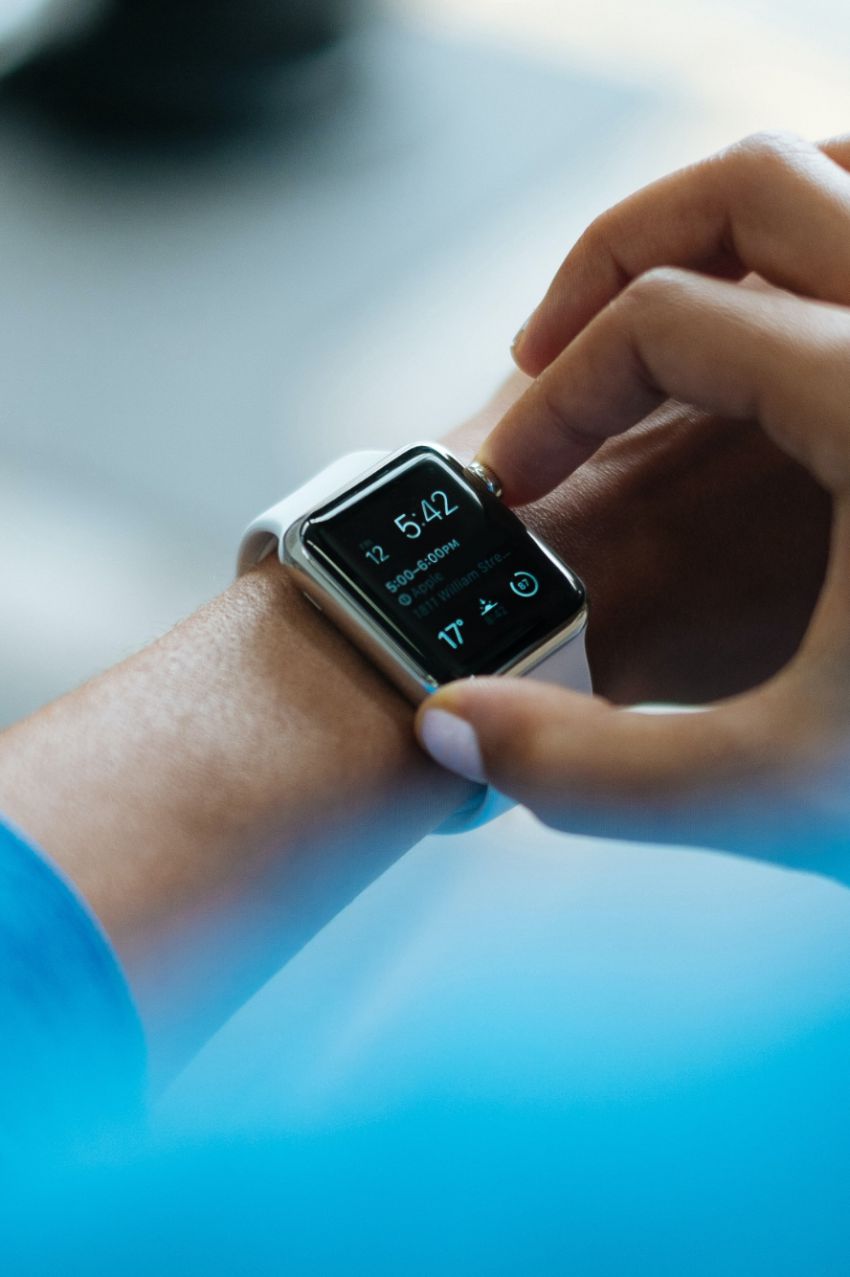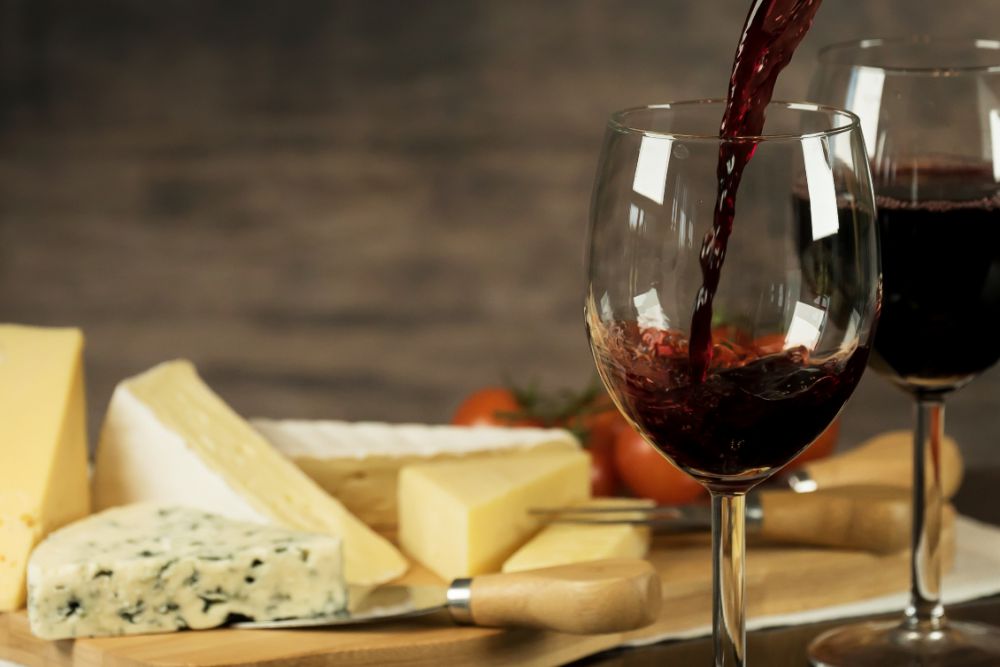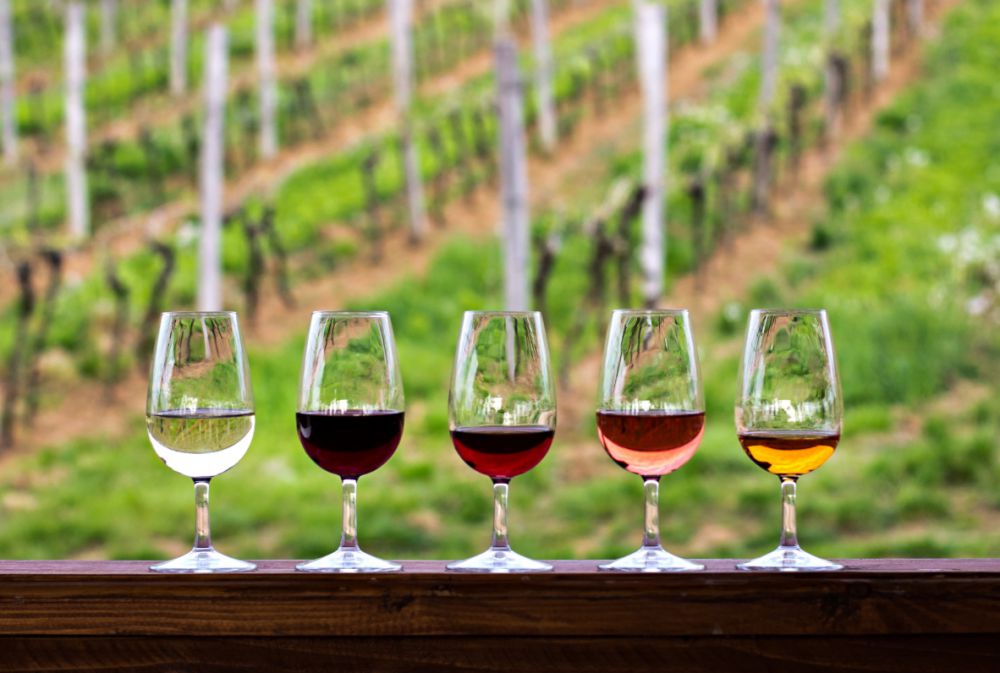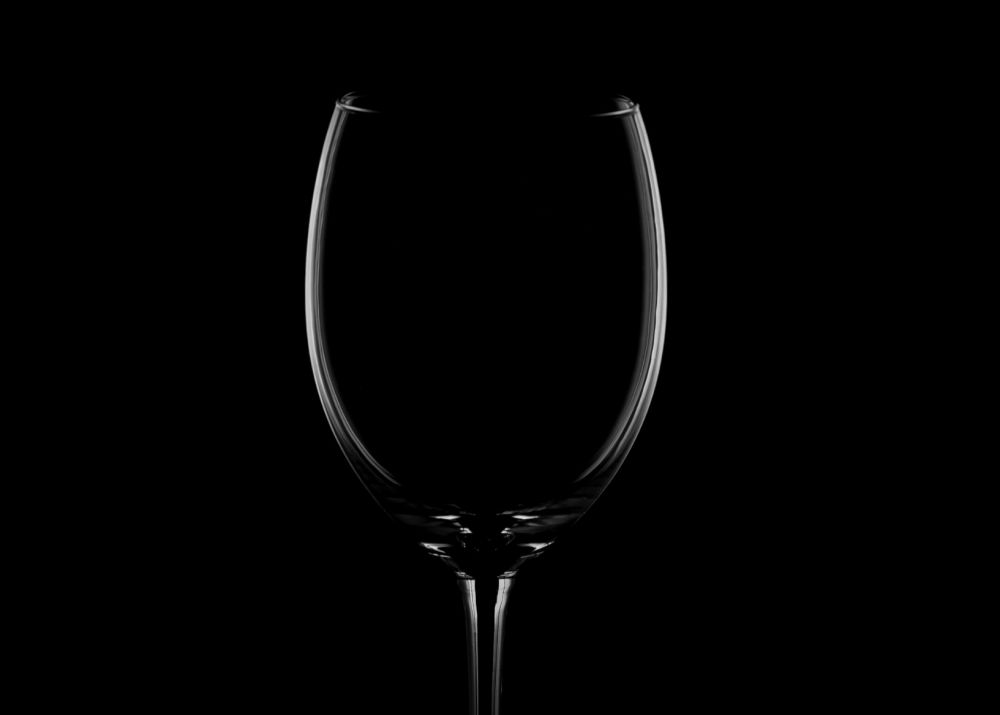How Many Calories in Wine How Many Calories in Old Fashioned
Vino & calories
A counterbalanced diet is the cardinal element for a healthy lifestyle, and calories are non the only matter that should be considered, the diet should be seen as a whole.
-
Moderation when consuming food and beverages is recommended, yet, you might be wondering nigh your daily calorie intake and the number of calories that are found in wine.
- Calories vary from wine to wine, and the exact number of calories volition depend both on the alcohol and the sugar content of the wine you take called and a minor contribution comes from organic acids*.
*approx. 3-5% of the full calories per liter wine are organic acids.
For this reason, they are not taken into account in our calculations below. 

Wine & calories
The carbohydrate
Similar every fruit, grapes incorporate saccharide. When crushed and pressed, the sugar is directly passed into the grape juice. This sugar is used as food past the yeasts and is then turned into alcohol through the fermentation of the juice.
The fermentation of the saccharide will continue until a specific level of booze is reached. At this point, the fermentation will end and the sugar that has not been turned into alcohol volition remain in the wine. This is what we call residual carbohydrate.
The more sugar there is in the grape juice, the more than alcohol will be in the wine.
Depending on the quantity of the rest carbohydrate, still wines are classified equally dry out, semi-dry, semi-sweet, sweet.
Every gram of sugar is 4 Kcal, the more carbohydrate there is in the wine, the higher the caloric content of the wine will be.
Wine & calories
The alcohol
The calories contained in alcoholic beverages mainly come from the booze content, it is in fact known that 1 thousand of alcohol contains seven Kcal. For example: A drinking unit of 10 k of booze will thus contain 70 Kcal – these seventy Kcal only account for the alcohol content and is thus just one part of the full calories.
Wines with a higher alcohol volume (% vol) will have more calories than low alcohol volume wines, for example a fortified wine versus a lite white wine. The alcohol content of a wine can thus be a practiced first stride to knowing the calories of a specific wine.
The full calories in wine will therefore depend on the vintage you have called and will vary co-ordinate to the blazon of vino (dry, semi dry out, semi-sweet, sweetness).
How many calories are there in the dissimilar types of wine?
The calories in a glass of vino will depend on the type of wine and the size of the glass.
Wine & calories
Blazon of wine
If you are looking to limit your calorie intake, prefer a dry wine over a sweetness wine.
Dry wines have a small-scale amount or no sugar at all, while sweetness wines can have dissimilar levels of sweetness (from medium to sugariness). The pct of alcohol will depend on the grape variety, the region'south climate / terroir, etc.
Wine & calories
Size of the glass
Nearly of today'south dining tables will characteristic large beautiful glasses that will allow you to swirl the wine and allow its aromas fill the glass, a not bad way to fully appreciate the wine you are tasting. While we highly recommend these kinds of spectacles, it is important to continue an center on the quantities that are served in every glass.
Supersize spectacles can in fact atomic number 82 to a higher consumption of wine and in plough a higher intake of calories.
We recommend to go on serving sizes to ~100 ml.
Click here for more than information nigh drinking guidelines.



Did yous know
It is important to consider not only the calories intake, just also try to learn more nigh the wine y'all choose to beverage. This will enhance your enjoyment and appreciation of the wine and will also assist you brand successful pairings with food, creating an overall greater experience.
Before we go into the specifics for the different types of wines, call up that 1g of alcohol = 7 Kcal and 1g of sugar = iv Kcal.
Vino & Calories
Red Wine
How many calories are there in a drinking glass of red wine?
- A glass of 100 ml of light bodied red vino at 12.5 vol% will have around 85 Kcal.
Cerise wines light in torso are normally refreshing with well-baked acidity and piece of cake to drink. An example of a light-bodied cerise wine is Pinot Noir from France or Primitivo from Italy. - A glass of 100 ml of medium bodied cherry-red vino at 13 vol% will accept around ninety Kcal.
Medium bodied ruddy wines are like shooting fish in a barrel to pair with a variety of foods and these wines volition feel richer with a more than substantial texture. Examples of medium-bodied wines tin requite varieties such as Cabernet Franc, Merlot, Grenache. - A glass of 100 ml of full-bodied ruby-red vino at 14 vol% volition have effectually 100 Kcal.
Cabernet Sauvignon, Malbec, Tannat, Syrah or Douro reds such as Touriga Franca are wine grapes that tin requite full bodied blood-red wines. The wines will be powerful and volition seem more full-bodied with a peachy tannic structure, higher alcohol levels and density of aromas. They tin be appreciated aslope a number of meat-based dishes and pasta. - The average calorie content of a glass of vino is between lxx-100 kcal, depending on the wine type and the alcohol content of the wine.
Blazon
Lite bodied red wine at 12.5% (100 ml)
Medium bodied ruby wine at xiii% (100 ml)
Full bodied red wine at 14% (100 ml)
Vino & calories
White vino
How many calories are at that place in a glass of white wine?
- A glass of 100 ml of dry out white wine at eleven.5 vol% will have around 75 Kcal.
In most cases a dry white vino will be refreshing with lively acidity. It can be appreciated in its youth displaying fruity varietal aromas while a few of them can historic period developing a bang-up complexity (e.g. Pinot Gris/Pinot Grigio, Riesling, Vinho Verde or Sauvignon Blanc at xi.v% volume). - A drinking glass of 100 ml of medium dry out white wine at thirteen.v vol% volition have around 90 Kcal.
A total-bodied white wine is frequently appreciated for its rich texture and concentrated season; butter, vanilla or crème aromas issue from the winemaking techniques usually involving barrel-ageing, less-contact, and barrel-fermentation. Many grapes can give full-bodied wines: Sauvignon Blanc, Gewürztraminer, Albariño; however, Chardonnay volition probably wear the crown in this category. - A glass of 100 ml of sweet white wine will start at 100 Kcal due to the sugar content as well equally the alcohol.
Sweet white wines are very sweetness and can oftentimes pair with desert, cheese or even sometimes chocolate. Some of the famous grape varieties are Tokaji or Vin Santo. - The average calorie content of a glass of wine is between seventy-100 kcal, depending on the wine blazon and the booze content of the vino, sugariness wine can take more calories.
Type
Dry white wine at 11.v% (100 ml)
Medium dry white wine at 13.5vol% (100 ml)
Sweet white wine
Wine & calories
Rosé wine
How many calories are there in a glass of rosé wine?
Rosé wines can vary from dry out and mineral to sweet and fruity. They are usually a little bit lighter than crimson wines which means less booze. The calories in a glass of rose wine will therefore vary depending on the grape diverseness used and the alcohol level.
- A standard glass of dry rose vino at 12,5% book (~100 ml) volition take around 85 Kcal.
- The boilerplate calorie content of a glass of vino is between 70-100 kcal, depending on the wine blazon and the alcohol content of the wine.
Wine & calories
Sparkling wine
How many calories are there in a glass of sparkling vino?
Produced all over the world, sparkling wines are appreciated for their elegance. Sparkling wines usually accept lower alcohol level between 11% to 12.5% booze per volume.
- A drinking glass of 100 ml extra brut sparkling vino at 12 vol% will accept around ~lxxx Kcal, whereas a 100 ml medium dry sparkling wine will count ~95 Kcal.
- The grape varieties that are usually used for sparkling wines are Chardonnay, Pinot Noir, Pinot Meunier, Chenin Blanc, Maccabéo, Riesling or Muscat.
- The average calorie content of a drinking glass of wine is between seventy-100 kcal, depending on the wine type and the alcohol content of the wine.
! Did you lot know that the loved and refined bubbles in sparkling wines are produced during the alcoholic fermentation when yeasts feed sugar and produce booze and carbon dioxide?
Wine & calories
Aromatised Wine
How many calories are there in a drinking glass of aromatised wine?
Aromatised wines such as Vermouth are fortified wines that accept been flavoured with roots, spices, and fruits as well equally herbs. Serving sizes are normally smaller than those served for still wines.
- A serving portion of 85 ml at 15 vol% of Vermouth or other aromatized wine will have around 170 Kcal.
- The boilerplate calorie content of a glass of aromatised wine is between 125-170 kcal per 85ml, depending on the wine type and the alcohol content of the wine.
Wine & calories
Fortified/liqueur wine
How many calories are in a glass of fortified/liqueur wine?
Fortified/liqueur wines are made by adding alcohol either before, during or at the terminate of alcoholic fermentation. Their booze can rise to xx% past volume or fifty-fifty college. Their manner tin range from dry to sweet. The sweeter styles such as Port, sweet Sherries or sweet Madeira are tasteful and always served in smaller portions. The serving portion can vary betwixt sixty and 85 ml.
- A glass of such a dessert wine of ~85 ml at 15% volume will therefore count around ~125 Kcal whereas a glass of dessert vino at 20% book will be around ~170 Kcal.
0 Response to "How Many Calories in Wine How Many Calories in Old Fashioned"
Post a Comment